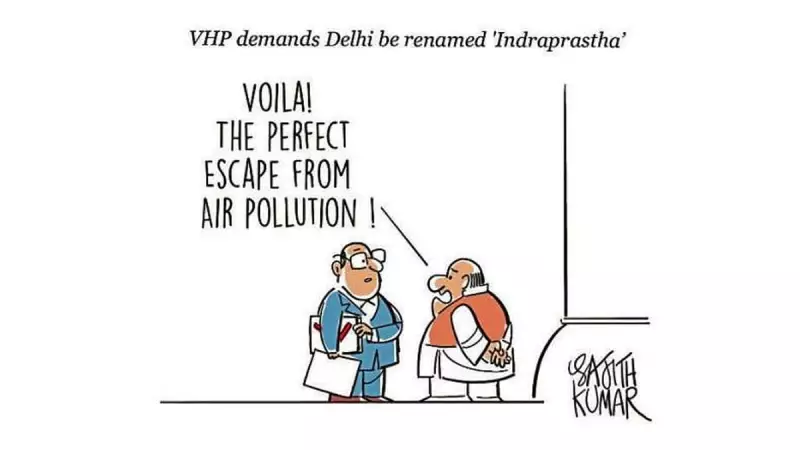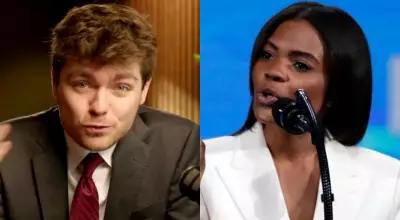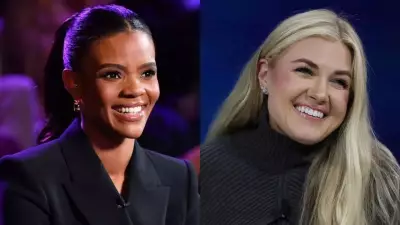
While millions of Delhi residents gasp for breath in the toxic smog that has become the city's winter hallmark, a recent Deccan Herald editorial cartoon exposes a stark reality: the privileged few have escape routes that remain firmly out of reach for the common citizen.
The Two Indias of Air Pollution
The brilliant artwork captures the essence of environmental inequality in urban India. On one side, ordinary citizens are depicted struggling through dense layers of pollution with minimal protection. On the other, the wealthy are shown boarding flights to cleaner destinations or retreating to air-purified sanctuaries.
Winter of Discontent Returns
Every year, as temperatures drop, northern India transforms into a gas chamber of polluted air. The combination of agricultural stubble burning, vehicle emissions, and industrial pollution creates a toxic cocktail that makes breathing itself a health hazard.
The statistics are alarming:
- Air quality indexes frequently cross 400-500, categorised as 'severe'
- PM2.5 levels often reach 10-15 times WHO safety limits
- Schools periodically close to protect children's health
- Respiratory illnesses spike dramatically during winter months
The Privilege of Clean Air
What the cartoon captures so effectively is how economic privilege translates into environmental privilege. While the wealthy can afford:
- Air-purified homes and offices
- International vacations during peak pollution season
- Premium air masks and indoor air quality monitors
- Private vehicles with advanced air filtration systems
The majority of citizens must endure the toxic air with limited protection and no escape options. Daily wage workers, street vendors, and children walking to school bear the heaviest burden of this environmental crisis.
A Call for Collective Action
Beyond its sharp social commentary, the cartoon serves as a powerful reminder that environmental solutions cannot be individual escapes but require systemic change. The temporary relief sought by the privileged does nothing to address the root causes affecting millions.
The artwork raises crucial questions about environmental justice and the collective responsibility we share in addressing what has become India's most visible public health emergency.
As the cartoon suggests, the ultimate solution isn't escaping the problem but solving it for everyone - because clean air shouldn't be a luxury commodity available only to those who can afford to breathe.





